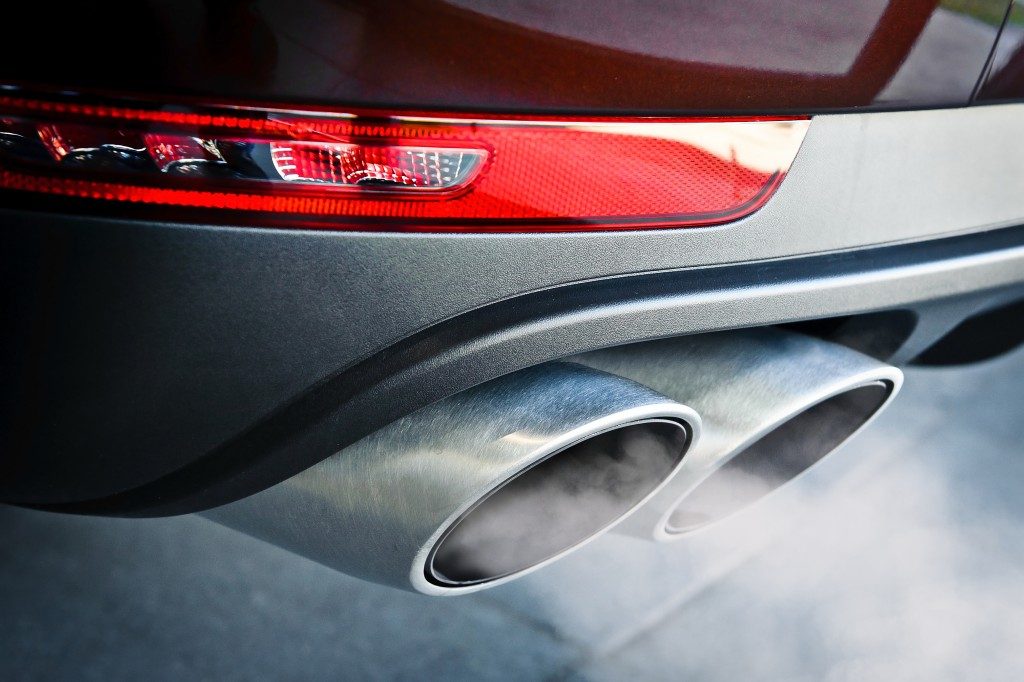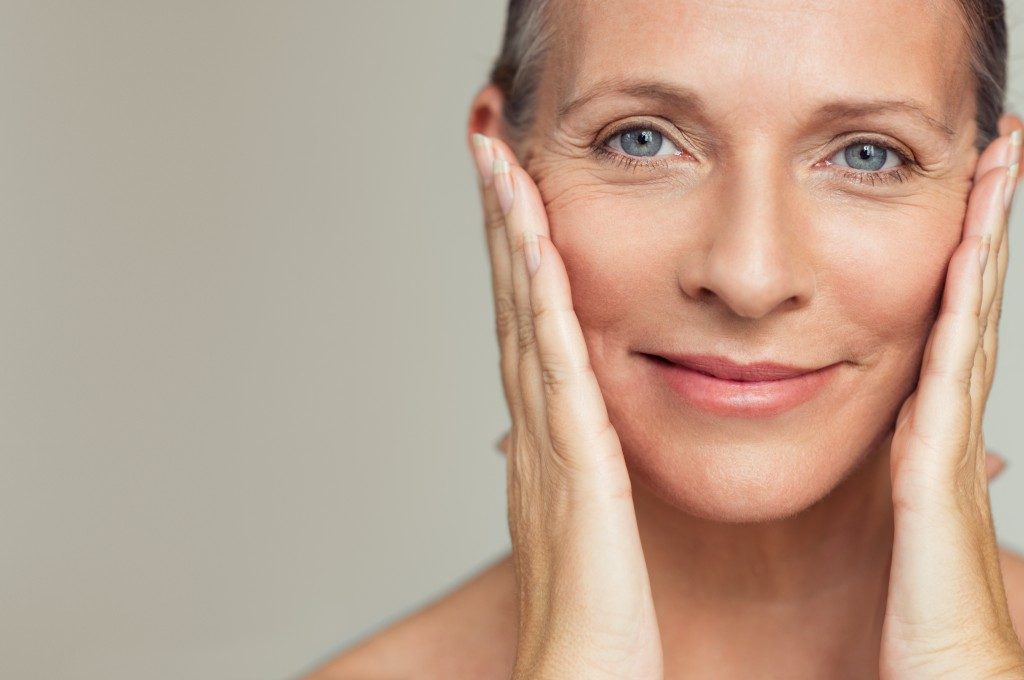Environmental factors are some of the biggest culprits that promote skin aging. Unfortunately, Salt Lake City and most of Utah is exposed to some of the most damaging ones.
Harmful UV
Research has continually shown that ultraviolet (UV) radiation is the leading cause of visible skin aging. Though tanning beds also add to the problem, most of the UV radiation you encounter will come from sun exposure. Tanning is a sign of sun damage. Your skin will only begin to tan when enough UV has penetrated your skin, causing significant damage. Utah’s experiences higher concentrations of UV due to its elevation as every 1,000 feet of elevation can increase UV concentrations by 6-7 percent. UV radiation damages your skin’s epidermis, reducing elasticity which can give rise to wrinkles. It can also penetrate deeper into your skin, causing more damage and even destroying fat cells and collagen, causing subcutaneous scar tissues. Skin damage from the sun is preventable and even reversible. Moisturizing facials and skincare products can treat damaged skin. However, you still need to reduce your sun exposure to prevent constant damage. Stay in the shade, wear a hat, or use an umbrella — anything that shields you from direct sunlight keeps your skin protected. Use sunscreen on your morning runs or any time you’ll be out in the sun for extended amounts of time.
Pollution

Exhaust fumes, cigarette smoke, and particulates in the air can be extremely damaging to your skin. Utah’s air pollution and particulate problems are even magnified due to inversion. Even now, smoke from the California wildfires is getting trapped in the Salt Lake Valley further increasing the particulate problem. Smoke and particulates can irritate your skin, causing breakouts, rashes, and eczema. Free radicals in the air can also penetrate the skin and damage the lipids and collagen underneath. Inhaled smoke can also reduce the oxygen levels in your body, giving your skin a dull orange or grey pallor. Take a bath immediately after getting home from work or school — or at least wash your face. Use mild facial wash and avoid harsh exfoliants that can leave your skin dry.
Thin and Dry Air
Air gets thinner and drier at a higher elevation. This can make your skin drier and more vulnerable to wrinkling and cracking. Lower oxygen levels make you breathe faster and deeper, increasing your water loss through respiration. Elevation also makes you urinate more frequently while simultaneously dulling feelings of thirst. Make it a point to drink lots of water to prevent dehydration consciously. Use cream-based moisturizers on your skin, especially during bedtime. Creams have higher oil content and tend to last longer on your skin than lotions. Utah is one of the driest places in the USA, with humidity levels lower than that of most African nations. The dry air can sap the moisture out of your skin, but you can easily add a bit of humidity with a humidifier or swamp cooler.
Taking care of your skin in Utah requires a little more effort than usual. The thin and dry air can leave your skin dehydrated and more vulnerable to damage, while UV and pollution do the damaging. Fortunately, a little caution and the right skincare regimen can prevent your skin from getting damaged.

